For optimal results, ensure your refrigerator maintains a consistent temperature between 34 and 38 degrees F (1 to 3 degrees C) during the dry-aging process. Consider using a dedicated meat thermometer for precise temperature monitoring during roasting. This will help you achieve your desired level of doneness with confidence. Resting the prime rib is crucial for allowing the juices to redistribute, resulting in a more tender and flavorful roast. Do not skip this step!
Dry-Aged Prime Rib
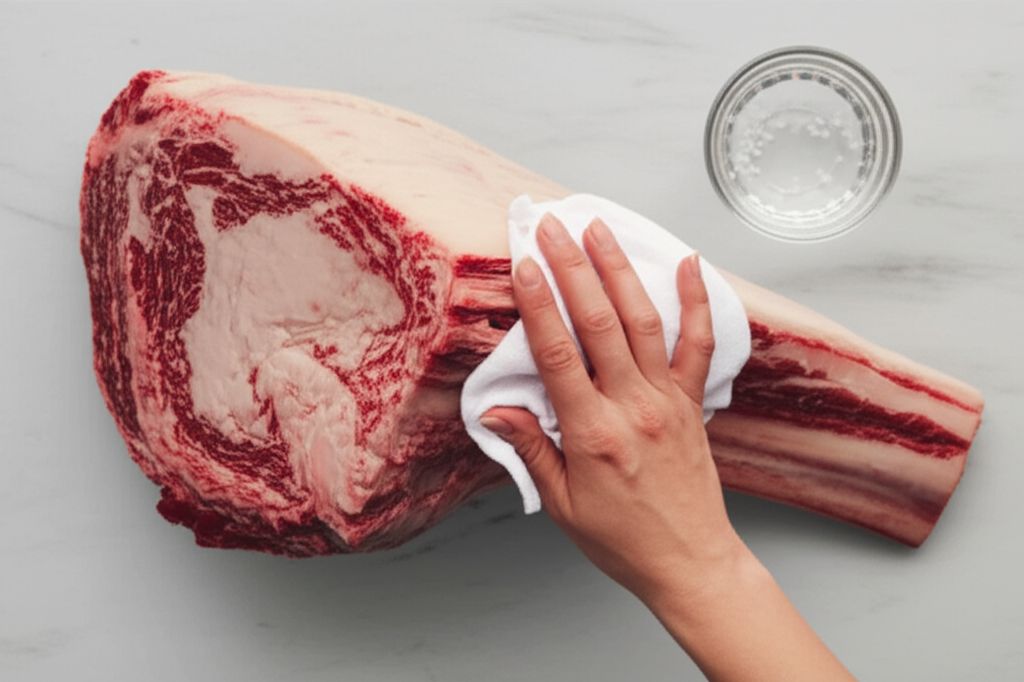
-
PREP TIME30 mins
-
COOK TIME1 hrs 50 mins
-
TOTAL TIME748 hrs 20 mins
-
SERVING20 People
-
VIEWS9
Embark on a culinary journey with this exceptional dry-aged prime rib recipe. Experience the rich, concentrated flavors and unparalleled tenderness that only time and careful preparation can achieve. A centerpiece worthy of any grand occasion.
Ingridients
Nutrition
-
Cholesterol85 mg
-
Protein21 g
-
Saturated Fat16 g
-
Sodium11191 mg
-
Fat37 g
-
Unsaturated Fat0 g
Follow The Directions
01
StepDissolve 2 teaspoons kosher salt in 1/2 cup water. Wipe down prime rib with kosher salt water mixture. (5 minutes)
02
StepPour enough sea salt over a rimmed baking sheet until completely covered; sprinkle Himalayan pink salt on top. Place a roasting rack over salt on baking sheet. Place prime rib on the rack and refrigerate at 34 to 38 degrees F (1 to 3 degrees C), uncovered, for 30 to 40 days. (1 minute)
03
StepRemove prime rib from the refrigerator. Trim fat as needed. Transfer the rack into a roasting pan; place prime rib on top. Spray prime rib with water; season generously with kosher salt. Refrigerate 24 to 48 hours to let meat absorb salt. (10 minutes)
04
StepRemove prime rib from the refrigerator; cover loosely with aluminum foil until warmed up slightly, 1 1/2 to 2 hours. (5 minutes)
05
StepPreheat the oven to 500 degrees F (260 degrees C). Insert a probe thermometer into the prime rib. (20 minutes)
06
StepRoast in the preheated oven for 20 minutes. Reduce the oven temperature to 300 degrees F (150 degrees C). Bake until desired doneness is reached, about 90 minutes. [125 degrees F (52 degrees C) for rare, 130 degrees F (54 degrees C) for medium-rare, or 135 degrees F (57 degrees C) for medium] Rest prime rib before slicing, 30 minutes. (2 hours)



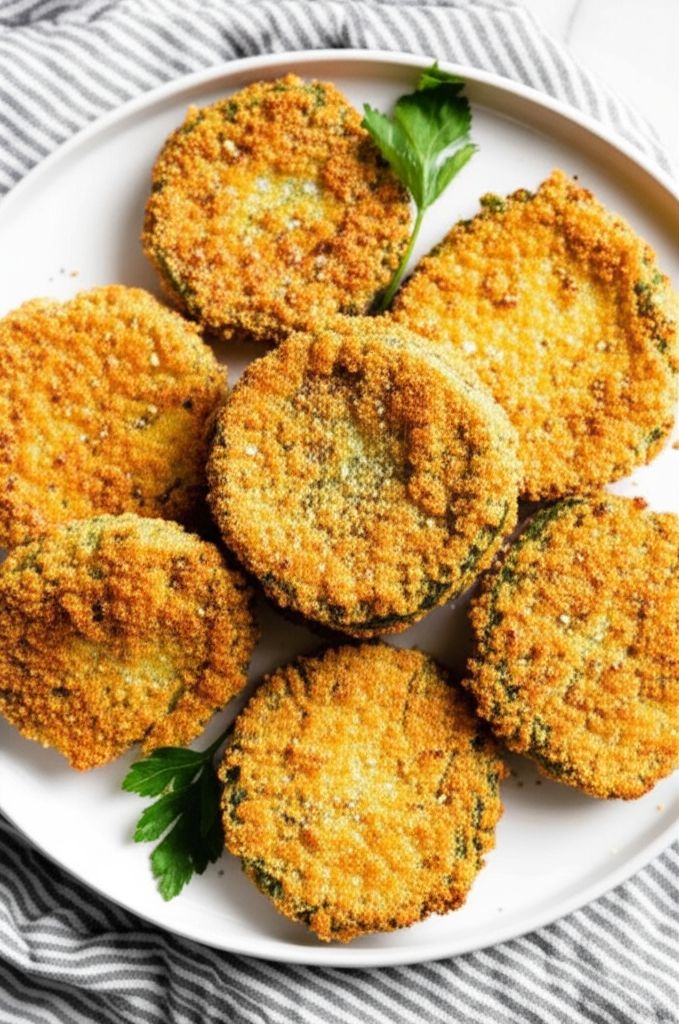
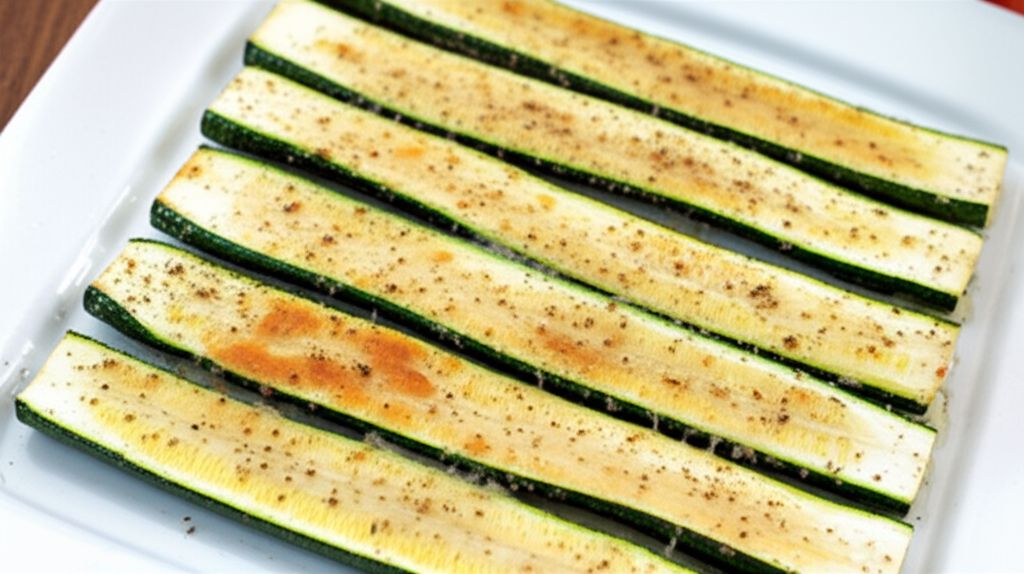
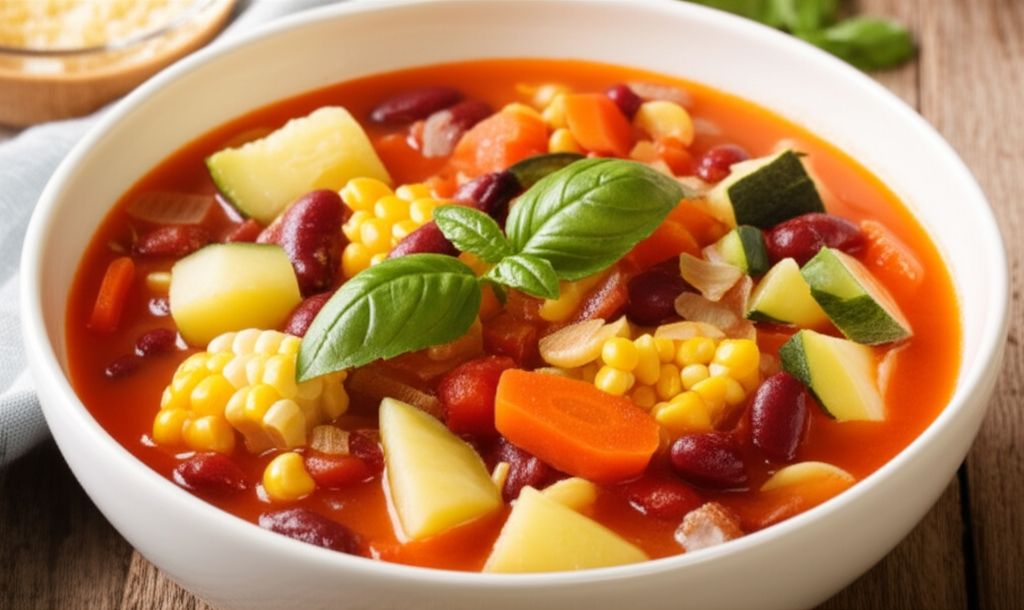
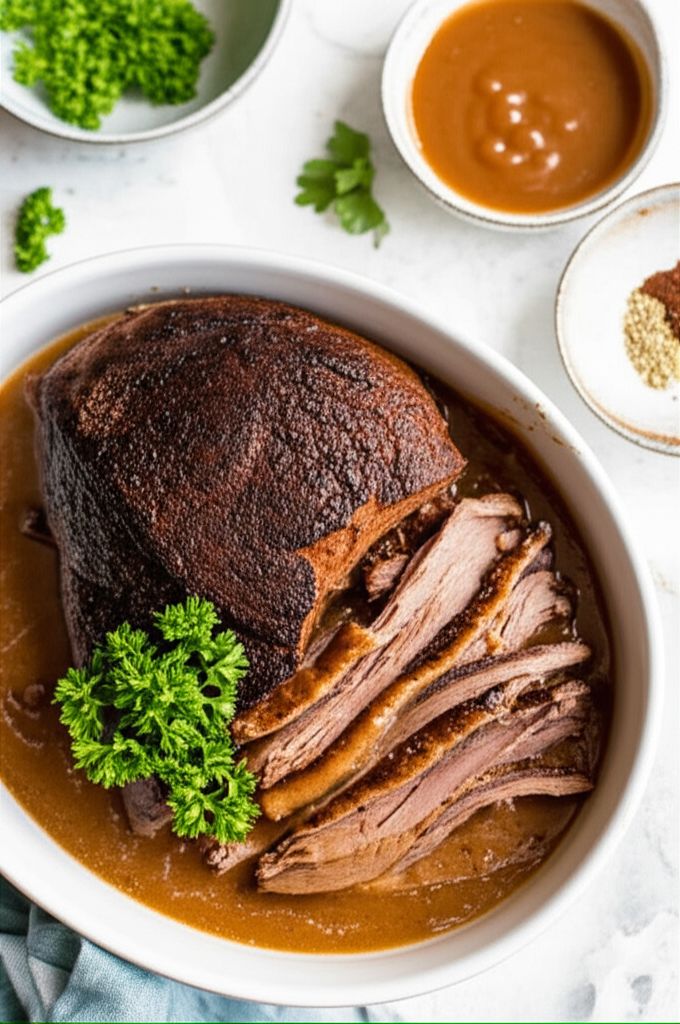
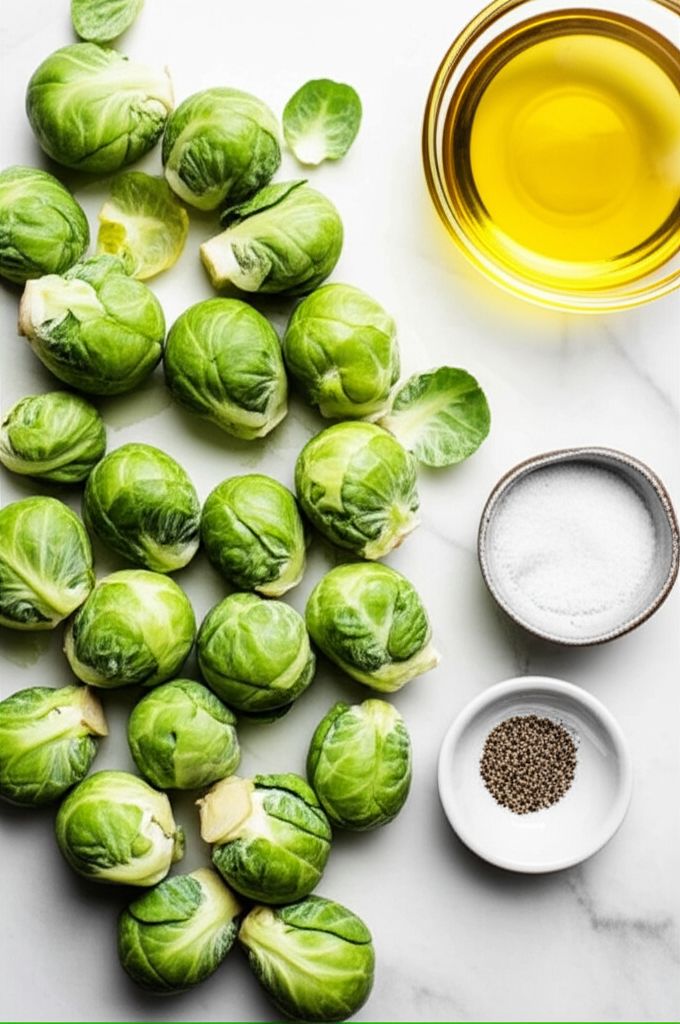



Geovanny Connellyvonrueden
Jul 1, 2025This recipe is a must-try for any serious meat lover.
Jermaine Ondricka
Jun 30, 2025I was intimidated by the dry-aging process, but this recipe made it so easy to follow.
Mozell Roob
Jun 29, 2025The timing was perfect, and the instructions were very clear.
Pearlie Boehm
Jun 28, 2025This recipe was a game-changer! My prime rib was the star of Christmas dinner.
Tanya Dach
Jun 28, 2025My family raved about how tender and juicy the meat was.
Curtis Dietrich
Jun 27, 2025I added a rub of garlic and herbs before roasting, and it was amazing!
Andres Glover
Jun 26, 2025The flavor was incredible! Definitely worth the wait.
Guido Stamm
Jun 25, 2025I'll never cook a prime rib any other way again!